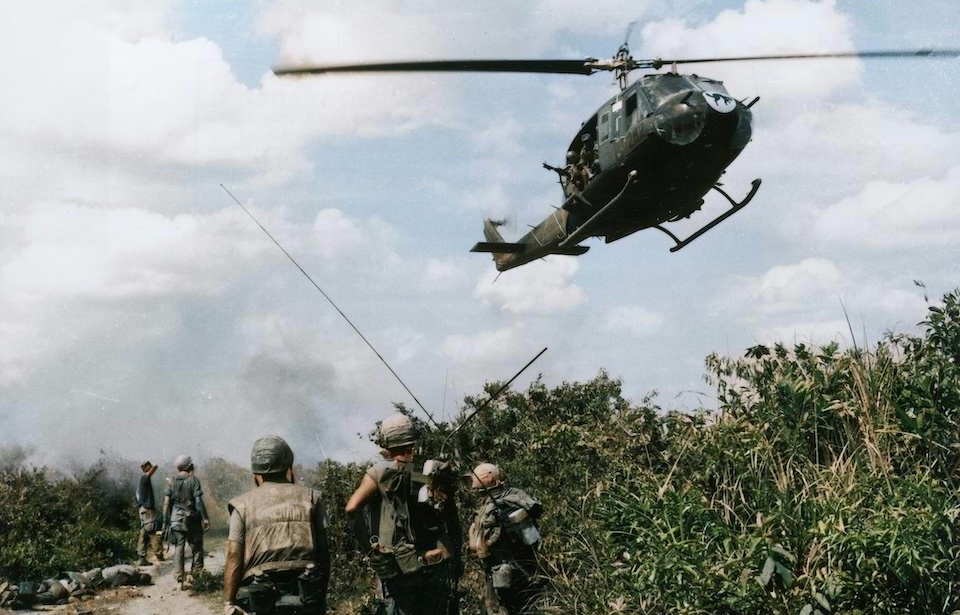Helicopters were commonly used during the Vietnam War
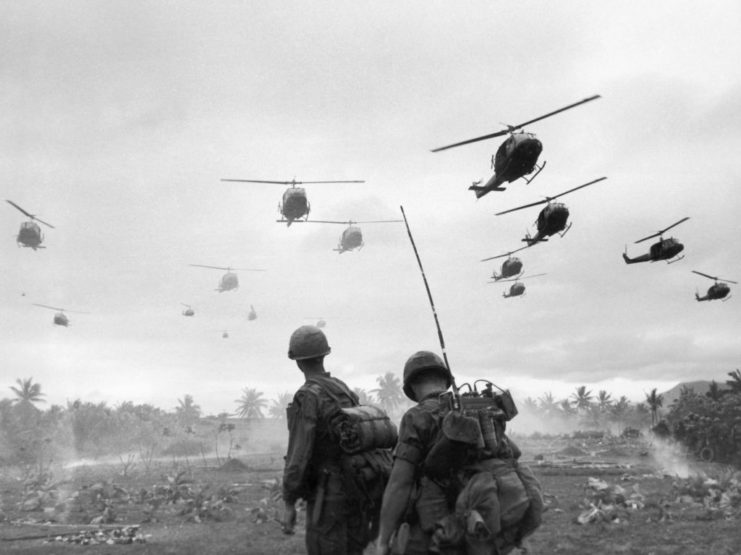
In the early stages of World War II, helicopters were still in their infancy, primarily existing as basic prototypes. By the time of the Korean War, their role in evacuating wounded soldiers became crucial, ensuring swift transport to safety. However, during the Vietnam War, helicopters became ubiquitous. Over 12,000 were deployed during U.S. involvement, serving in various different roles.
These helicopters played a key role in numerous operations, yet operating them came at a high cost. Approximately 40,000 pilots and 60,000 crew members faced the dangers of wartime missions. Sadly, 2,165 pilots and 2,712 crew members lost their lives, constituting about eight percent of all U.S. combat fatalities.
Meant to aid the South Vietnamese during Operation Lam Son 719
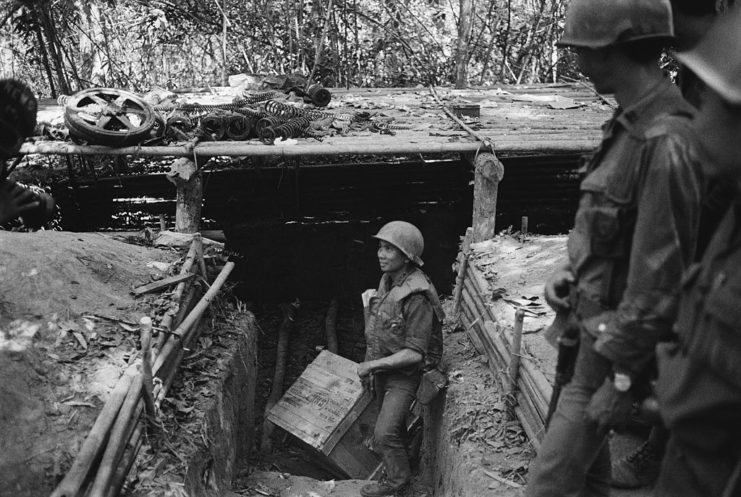
The Ho Chi Minh Trail, named after the leader of North Vietnam, stretched from Vietnam into Laos and Cambodia, functioning as a crucial supply route for the Viet Cong and the People’s Army of Vietnam (PAVN). Determined to disrupt this lifeline, South Vietnam sought to cut off the enemy’s access to reinforcements and essential resources.
While the U.S. remained steadfast in its support of South Vietnam, they were restricted from deploying ground troops into Laos. Consequently, their efforts centered on providing helicopter-based air support. Due to the challenging terrain and the enemy’s skill in blending into the jungle, helicopters proved highly advantageous, enhancing mobility and allowing access to isolated regions.
The operation was intended to be a major step toward Vietnamization
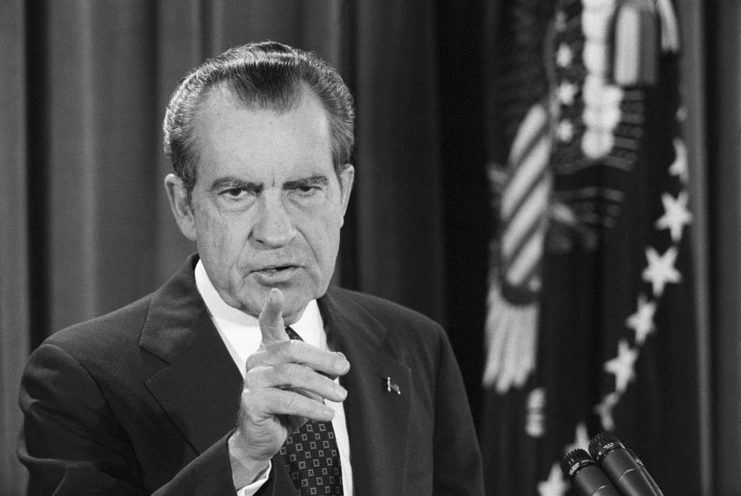
Operation Lam Son 719 was intended to initiate what President Richard Nixon called “Vietnamization,” a strategy focused on gradually shifting the responsibility for the war to the Army of the Republic of Vietnam (ARVN) as American forces began their withdrawal. A victory was also expected to lift the morale of ARVN troops.
Originally planned to last between 90 and 120 days, the operation depended on U.S. air support to help South Vietnamese forces push deeper into enemy-held areas. The goal was to advance into Laotian territory, forcing the North Vietnamese to engage more directly and become more vulnerable to air strikes.
Despite the major technological and air support advantages, Operation Lam Son 719 ultimately ended in a disastrous failure.
US forces weren’t prepared for the North Vietnamese response
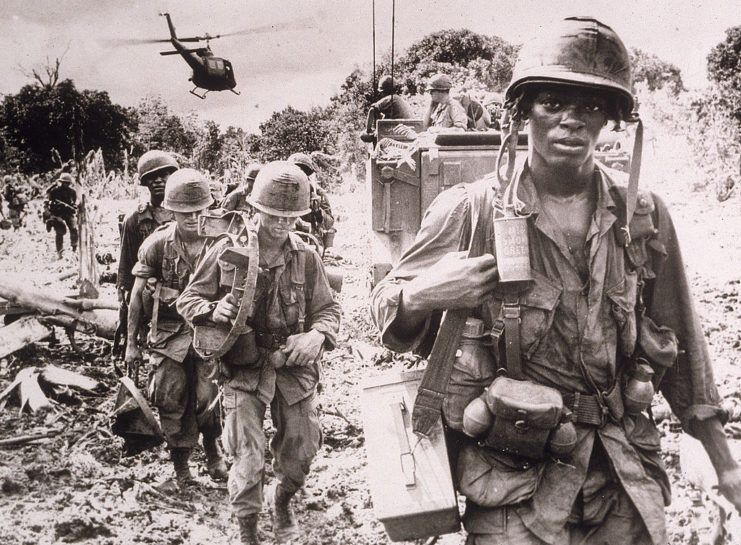
During the planning phase, the United States anticipated minimal resistance from North Vietnamese forces. However, the People’s Army of Vietnam (PAVN) had skillfully prepared for defense by gathering intelligence in advance. Helicopters faced relentless attacks as the enemy subjected them to nearly continuous anti-aircraft fire.
The Vietnamese offensives had a significant impact. Of the 750 American helicopters deployed across the operation’s 160,000 sorties, 108 were completely destroyed, while 618 sustained damage—20 percent of which was beyond repair. Over just two months, 72 helicopter crew members lost their lives, 59 were injured, and 11 went missing.
In addition to the helicopter losses, the U.S. also faced extensive damage in other areas: 163 armored vehicles, 71 tanks, 278 trucks, seven aircraft, 37 half-tracks, and 114 artillery pieces were either destroyed or captured.
The aftermath of the operation
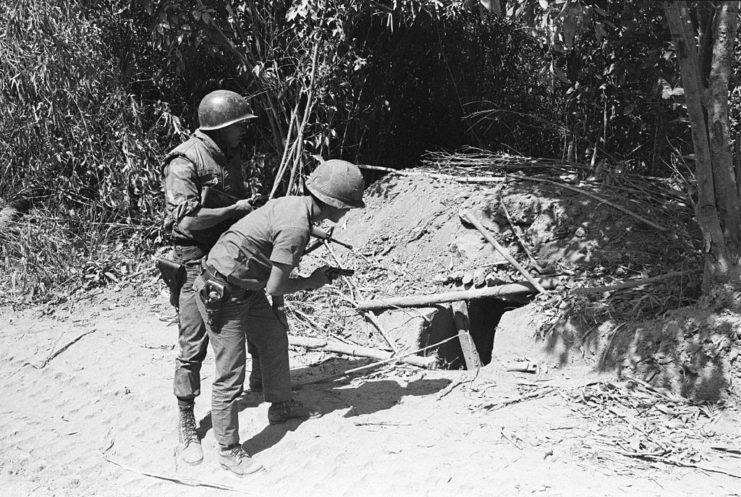
Despite initially intending to execute Operation Lam Son 719 for 90-120 days, US troops withdrew after only 60. Nonetheless, President Nixon portrayed the mission as a success, conveying in a televised speech, “Tonight, I can report that Vietnamization has succeeded.”
Similarly, South Vietnam asserted the effectiveness of the operation, with President Nguyễn Văn Thiệu declaring it as “the biggest victory ever.”
Want War History Online‘s content sent directly to your inbox? Sign up for our newsletter here!
However, it was North Vietnam that ultimately emerged as the victor. Construction of the Ho Chi Minh Trail persisted vigorously, extending it an additional 60 miles in length and 90 miles in width. The US also conducted a thorough review of their helicopter usage in battles, particularly questioning their survivability in hostile combat environments.
